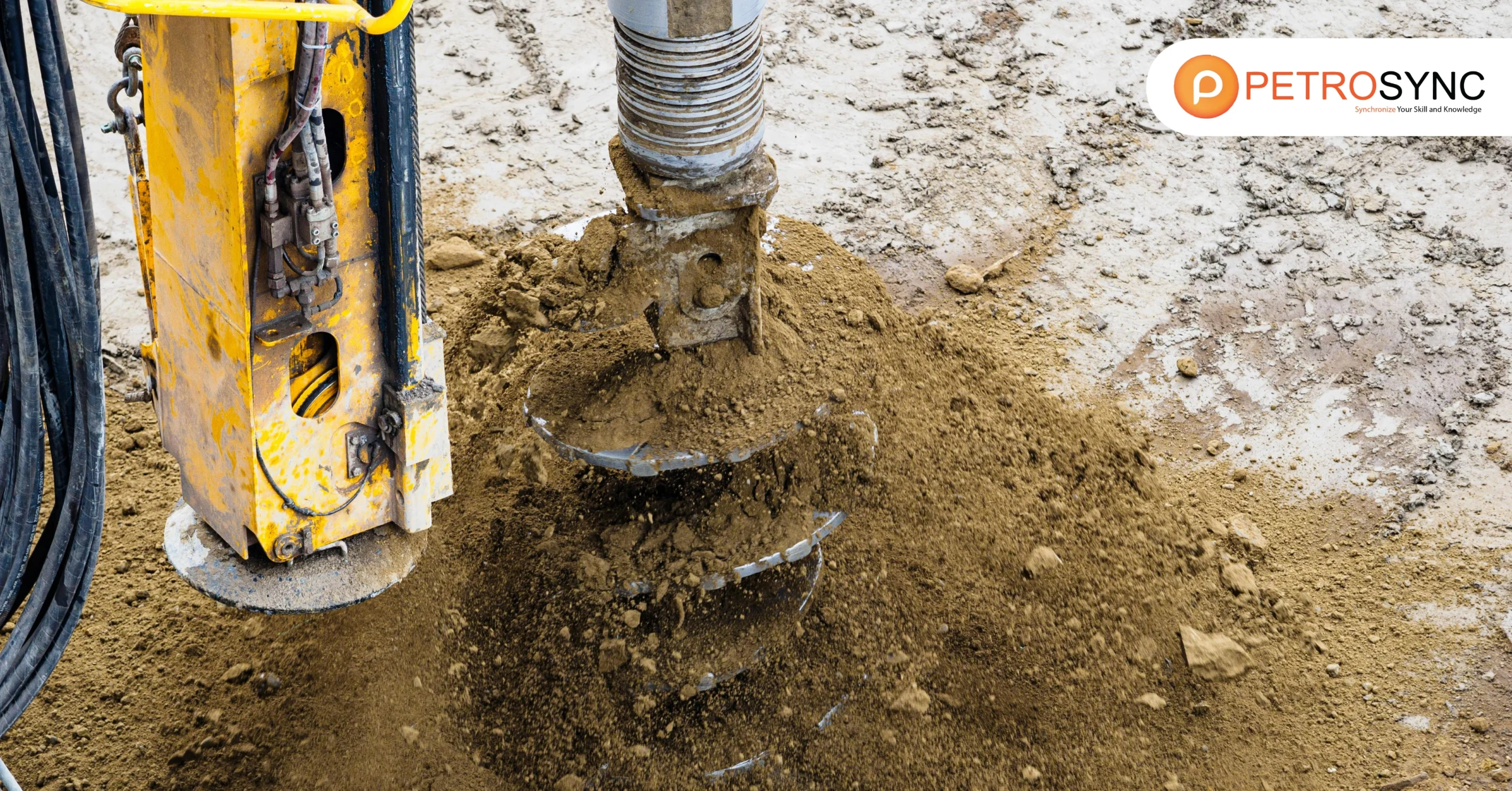In the world of engineering and industrial safety, the Base Resource Document of API 581 stands as a crucial reference point. This document is a treasure trove of information that engineers, safety professionals, and industry experts rely on. In this article, we will explore the depths of the Base Resource Document of API 581, shedding light on its importance, and applications, and answering frequently asked questions.
What Is a Base-Resource Document?
Base resource document is all about using risk as a basis for prioritizing and managing an inspection program to decide which equipment items must be inspected first based on their risks. The document also includes the guidelines for the inspection process.
Developed by the American Petroleum Institute (API), The Base Resource Document of API 581, often referred to simply as API 581, is a comprehensive resource. It is primarily focused on risk-based inspection (RBI) and is an essential tool for industries dealing with high-risk processes, such as the petrochemical and oil and gas sectors.
API 581 provides a structured framework for assessing risk, managing inspection programs, and making decisions about the maintenance of equipment. It helps organizations prioritize their resources effectively, ensuring that the most critical components receive attention.
What Are The Core Concepts of Base Resource Document – API 581?
To understand API 581 fully, we need to delve into its core concepts and principles. Let’s explore some of the fundamental aspects:
1. Risk-Based Inspection (RBI)
At the heart of API 581 is the concept of risk-based inspection (RBI). This approach involves assessing equipment and components based on their risk profiles. By doing so, organizations can allocate their resources more efficiently, focusing on areas where failure poses the greatest threat.
2. Probability of Failure (PoF)
API 581 incorporates the concept of Probability of Failure (PoF) to estimate the likelihood of equipment failure. This crucial metric helps organizations determine which equipment requires immediate attention and which can be monitored less frequently.
3. Consequence of Failure (CoF)
Understanding the potential consequences of equipment failure is vital. API 581 provides guidance on evaluating the Consequence of Failure (CoF), which considers the impact of failure on safety, the environment, and production.
4. Risk Assessment and Management
API 581 is not just about identifying risks; it’s also about managing them effectively. The document outlines strategies for risk management and mitigation, ensuring that organizations can operate safely and efficiently.
What Are The Four Major Goals of API RP 581?
API RP 581 lays out a clear plan for risk-based inspection, with a focus on four essential goals that give it its importance:
1. Recognizing and Measuring Risk for All Covered Equipment
The primary aim of API RP 581 is to create a structured way to spot and measure risks linked to industrial equipment. This means carefully evaluating how crucial the equipment is, how prone it is to wear and tear, and what could happen if it fails.
2. Providing a Precise Grasp of Risks and Their Causes
Managing risk effectively starts with truly understanding it. API RP 581 acts as a valuable source of knowledge, offering insights into the various factors that affect equipment integrity. These factors include things like how quickly equipment corrodes, the materials it’s made from, and the conditions it operates in.
3. Supporting Efficient Risk Management
API RP 581 goes beyond just identifying and understanding risks. It equips organizations with the tools and methods they need to manage risks actively. It encourages the creation of inspection plans that focus resources where they are needed most, ensuring safety and reliability.
4. Lowering Risks in Operational Processing Facilities
Ultimately, API RP 581 aims to reduce risks in operating processing facilities, making them safer and more dependable. By following the guidelines in this document, organizations can minimize the chances of equipment failures that could have severe consequences, protecting both people and valuable assets.
How Are The Applications of API 581 In The Industry?
API 581 finds application in various industries where safety and reliability are paramount. Here are some key sectors where this document plays a crucial role:
1. Oil and Gas Industry
In the oil and gas industry, where complex processes and high pressures are the norm, API 581 helps assess risks systematically. Engineers responsible for facility safety use it to identify potential problems with equipment. They do this by evaluating factors like corrosion rates, process conditions, and what might happen if something breaks.
2. Petrochemical Industry
In the Petrochemical Industry, where hazardous materials and high temperatures are common, API 581 is invaluable. It helps engineers spot potential risks tied to the equipment used in these processes. By using risk-based methods, engineers can figure out which equipment needs immediate attention and prioritize inspections and maintenance.
3. Power Generation
Power plants are essential for our electricity supply, and they have lots of machines. API 581 is like a super tool for engineers in this field. They use it to check the condition of crucial components like turbines, boilers, and generators. By assessing risks, they can find areas of concern and plan maintenance smartly.
What Are Some FAQs About API 581?
In the upcoming section, we will explore some of the most frequently asked questions about API 581, aiming to clarify its objectives, importance, and its role in helping organizations take proactive steps to handle risks linked to their vital equipment.
1. What Is The Primary Purpose of API 581?
API 581 primarily serves as a risk-based inspection (RBI) resource, helping industries assess and manage risks associated with equipment and processes.
2. How Can API 581 Benefit My Organization?
By implementing the principles of API 581, your organization can enhance safety, minimize downtime, and optimize resource allocation.
3. Is API 581 Applicable To Small-Scale Industries?
While API 581 is widely used in large industries, its principles can be scaled down to benefit smaller operations by tailoring the RBI process.
4. Are There Any Prerequisites for Using API 581?
API 581 requires access to data related to equipment, processes, and historical performance to perform effective risk assessments.
5. How Frequently Should RBI Assessments Be Conducted Using API 581?
The frequency of RBI assessments using API 581 depends on the criticality and risk profile of the equipment. High-risk components may require more frequent assessments.
6. Can API 581 Be Used for Offshore Applications?
Yes, API 581 can be applied to offshore installations to assess and manage risks associated with equipment and processes.
In conclusion, the Base Resource Document of API 581 is a vital tool for industries where safety and reliability are paramount. Its principles of risk-based inspection, probability of failure, consequence of failure, and effective risk management have far-reaching implications. By embracing API 581, organizations can ensure the safety of their processes, minimize downtime, and allocate resources wisely.
If you are an engineer looking to improve your skills in risk-based inspection, PetroSync has got you covered. We provide a complete API 580 and 581 training. This training is designed to give professionals the knowledge and skills they need to do risk-based inspections well.
When you join the Risk Based Inspection training, you will learn more about these important documents, which will help you make smart choices and enhance the safety and reliability of your company’s operations. Investing in API 580 and 581 training can be a big step toward a safer and more efficient industrial future.
Credit: Freepik

SEO specialist by day, fact-checker by night. An avid reader and content writer dedicated to delivering accurate and engaging articles through research and credible sources.







